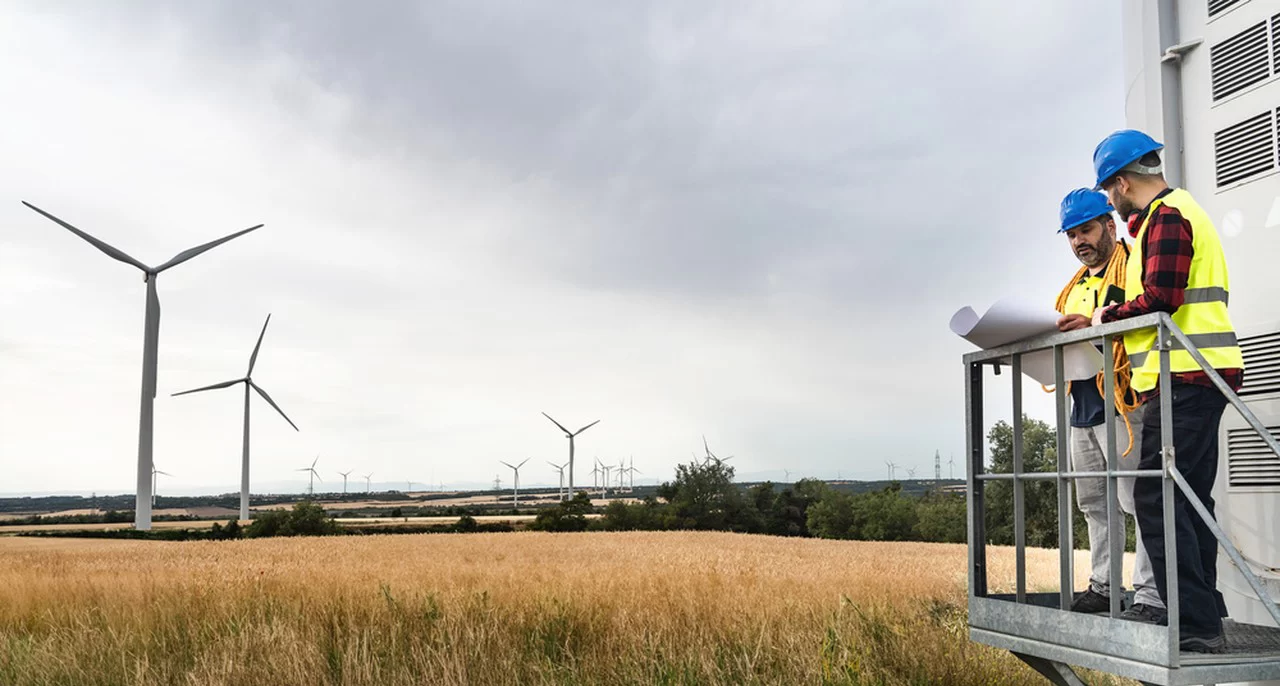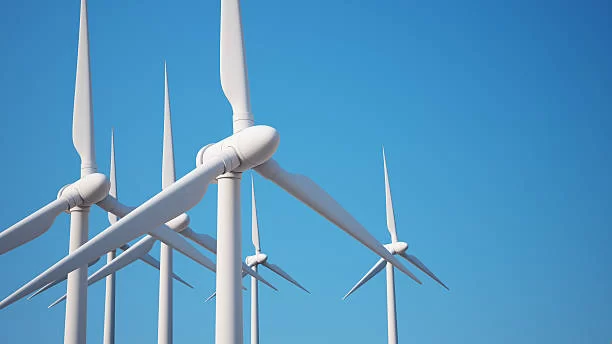Eolic Power Plant: A Green Journey from Concept to Reality
In today’s rapidly evolving energy landscape, the need for sustainable and clean energy solutions has never been more pressing. Wind power, a pivotal renewable energy source, has journeyed from theoretical concept to practical application, heralding a profound transformation in the energy sector. This article delves into the historical evolution, technological advancements, and current state ofeolic power plant, offering readers an in-depth understanding of this revolutionary energy source.

Theoretical Foundations
- The concept of harnessing wind energy dates back thousands of years. Ancient civilizations used wind to propel sailboats and drive windmills for tasks such as pumping water and grinding grain. However, the idea of converting wind energy into electricity is relatively recent, emerging in the late 19th century.
- The initial theoretical groundwork for wind power generation was laid during this period. Scientists explored the principles of electromagnetic induction, a discovery attributed to Michael Faraday, and began experimenting with mechanical devices to convert wind energy into electrical energy. Early pioneers, such as Charles Brush in the United States, constructed rudimentary wind turbines, but technological limitations prevented these early models from being viable for large-scale power generation.
Early 20th Century Developments
The early 20th century saw incremental progress in wind power technology. In the 1930s, small-scale wind turbines were developed to provide electricity to remote areas in the United States. These turbines, while innovative, were inefficient and costly, limiting their widespread adoption. However, these early efforts laid the groundwork for future advancements, proving that wind could be a viable source of electricity.
Post-War Advancements and the Energy Crisis
- The real breakthrough in wind power came during the 1970s, spurred by the global energy crisis. The oil embargo and skyrocketing fuel prices forced countries to reevaluate their energy strategies and invest in renewable energy sources. This period marked a significant turning point for wind power technology.
- Governments and private companies increased funding for wind power research and development. Innovations in blade design, materials, and control systems enhanced the efficiency and reliability of wind turbines. The development of composite materials allowed for lighter, stronger blades, while advancements in aerodynamics improved energy capture. Additionally, the introduction of electronic control systems enabled more precise management of turbine operations, maximizing power output.
Denmark: A Wind Power Pioneer
- During this transformative period, Denmark emerged as a global leader in wind power. With abundant wind resources and a strong commitment to renewable energy, Denmark invested heavily in wind power technology. The country built some of the first large-scale wind farms and developed robust policies to support the industry.
- Danish companies, such as Vestas and Ørsted, became pioneers in wind turbine manufacturing and offshore wind farm development. Denmark’s success demonstrated the viability of wind power on a large scale and provided a model for other countries to follow. The country’s experience highlighted the importance of supportive policies, technological innovation, and public acceptance in the development of renewable energy.
Offshore Wind Power
- As wind power technology matured, the focus expanded from onshore to offshore wind farms. Offshore wind farms offer several advantages, including stronger and more consistent wind speeds, which translate to higher energy output. However, they also present significant challenges, such as higher construction and maintenance costs and the harsh marine environment.
- Despite these challenges, engineers and developers made significant strides in offshore wind technology. Innovations such as floating wind turbines, advanced foundation designs, and specialized maintenance techniques made offshore wind farms more feasible. Countries like the United Kingdom, Germany, and China invested heavily in offshore wind, building some of the largest wind farms in the world.
Modern eolic power plant
- Today, moderneolic power plant are marvels of engineering. Towering wind turbines with blades spanning over 100 meters dominate the landscape, capturing the kinetic energy of the wind and converting it into electricity. These turbines are typically constructed from advanced composite materials that offer high strength and durability while minimizing weight.
- Inside the turbine, sophisticated generators and control systems work in harmony to optimize power generation. Sensors and electronic controllers adjust the blade pitch and rotor speed to maximize efficiency, even in variable wind conditions. Modern wind turbines are also equipped with remote monitoring systems, allowing operators to track performance and detect issues in real-time.

Environmental and Societal Benefits
The rise of wind power has brought numerous environmental and societal benefits. Unlike fossil fuel-based power generation, wind power produces no greenhouse gas emissions, reducing the impact on climate change.eolic power plant also have a smaller environmental footprint compared to traditional power plants, as they do not require extensive mining or water usage.
Moreover, wind power contributes to energy independence and security. By harnessing domestic wind resources, countries can reduce their reliance on imported fossil fuels, enhancing their energy security. Wind power also creates jobs in manufacturing, installation, maintenance, and operations, driving economic growth in local communities.
Case Studies ofeolic power plant
- Gansu Wind Farm, China:
Located in the Gansu province, this wind farm is one of the largest in the world, with a planned capacity of 20 GW.
It exemplifies China’s commitment to renewable energy and its efforts to reduce carbon emissions.
Hornsea One, United Kingdom:
The largest offshore wind farm globally, with a capacity of 1.2 GW, supplying clean energy to over one million homes.
Hornsea One showcases the potential of offshore wind power and its role in the UK’s energy strategy
Alta Wind Energy Center, USA:
Situated in California, this onshore wind farm has a capacity of over 1.5 GW.
It significantly contributes to the state’s renewable energy goals and demonstrates the scalability of wind power.
Future Prospects
The future of wind power looks promising, with continuous advancements in technology and increasing global commitment to renewable energy. Innovations such as more efficient blade designs, smarter control systems, and breakthroughs in energy storage technology are expected to drive down costs and improve the efficiency of wind power generation
Floating wind turbines, which can be deployed in deeper waters, are set to expand the potential for offshore wind power. Additionally, hybrid systems that integrate wind power with other renewable sources, such as solar and hydropower, are being developed to provide more reliable and consistent energy supply.
Conclusion
- Wind power plants have come a long way from their theoretical origins to their current status as a cornerstone of the renewable energy sector. Through technological innovation, supportive policies, and a growing awareness of environmental issues, wind power has transformed the energy landscape, offering a clean, sustainable, and economically viable alternative to fossil fuels.
- As we continue on this green journey, the role of wind power in the global energy mix is set to grow even more significant. By embracing wind power and other renewable energy sources, we can build a more sustainable future for generations to come. Let us witness and contribute to this ongoing green revolution, fostering harmony between humanity and nature.
